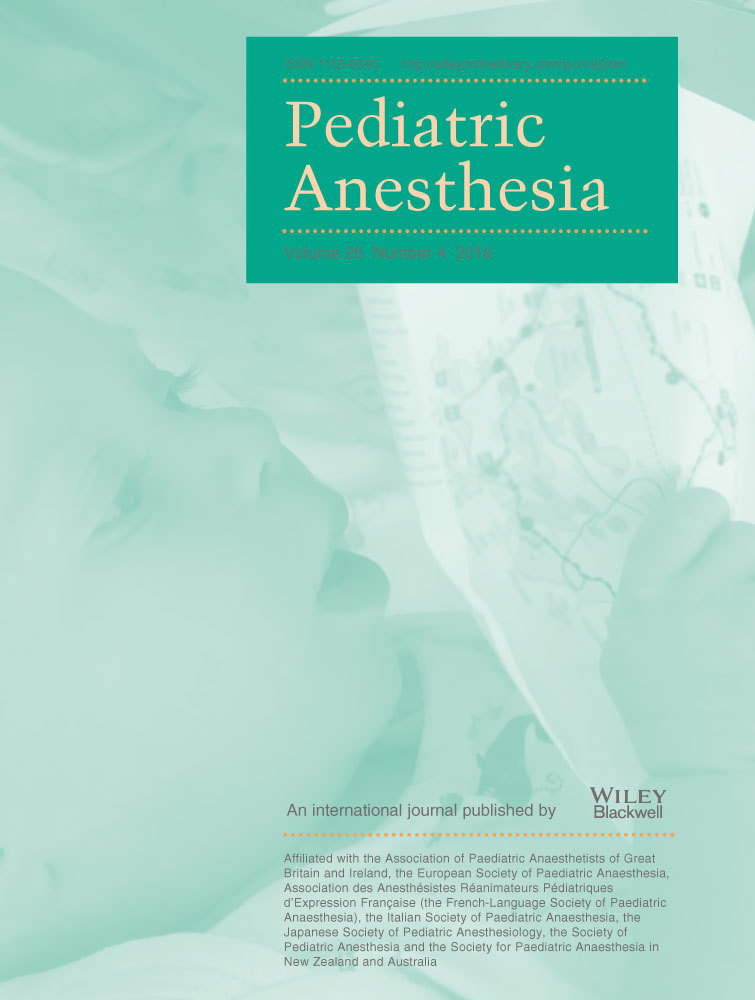A comparison of the hourly output between the Ambu® Smart-Infuser™ Pain Pump and the On-Q Pump® with Select-A-Flow™ Variable Rate Controller with standard and overfill volumes
Summary
Background
The Ambu Smart-Infuser Pain Pump and the On-Q Pump with Select-a-Flow Variable Rate Controller are elastomeric devices with a flow regulator that controls the rate of infusion of a local anesthetic agent through a peripheral catheter. As a safety evaluation, we evaluated the infusion characteristics of these two devices when filled with manufacturer recommended standard volumes and when overfilled with a volume 50% in excess of that which is recommended.
Methods
Nineteen disposable devices from the two manufacturers were used in this study. Nine were filled with 0.9% normal saline according to the respective manufacturers' recommendations (four Ambu pumps were filled with 650 ml and five On-Q pumps were filled with 550 ml) and 10 devices were 150% overfilled (five Ambu pumps were filled with 975 ml and five On-Q pumps were filled with 825 ml). All of the devices were set to infuse at 10 ml·h−1 at room temperature (21°C) for 12 h. The fluid delivered during each 2-h period was measured using a graduated column.
Results
The On-Q pump (in the settings of normal fill and 150% overfill) delivered a significantly higher output per hour than the set rate during the first 8 h, while the Ambu pump delivered a value close to the set rate of 10 ml·h−1. No significant difference in the hourly delivered output was noted for either device when comparing the normal fill to the 150% overfill groups.
Conclusions
This investigation demonstrates that no change in the hourly output occurs with overfilling of these home infusion devices. However, as noted previously, the hourly output from the On-Q device is significantly higher than the set rate during the initial 8 h of infusion which could have potential clinical implications.




